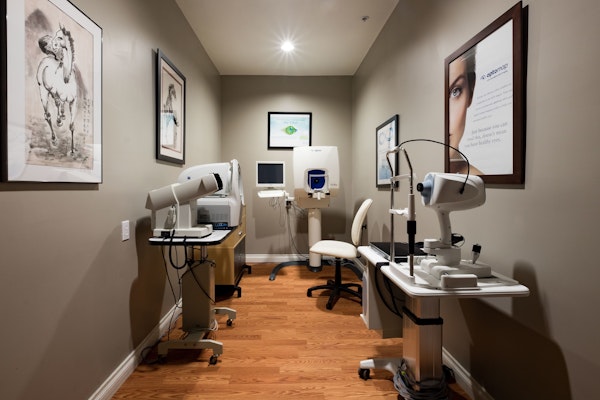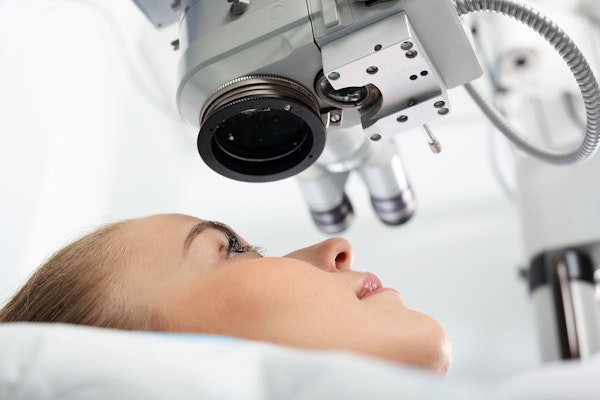Five Diseases That Can Be Diagnosed With an Eye Exam
 It’s often said that the eyes are the window to the soul, but they can reveal much more than an individual’s personality. Indeed, the eyes can broadcast a wide range of information, including an individual’s relative health. As a result, there are a surprising number of diseases that can be diagnosed with an eye exam.
It’s often said that the eyes are the window to the soul, but they can reveal much more than an individual’s personality. Indeed, the eyes can broadcast a wide range of information, including an individual’s relative health. As a result, there are a surprising number of diseases that can be diagnosed with an eye exam.
The optometrists at GW Eye Associates are proud to provide comprehensive eye exams to patients living in La Jolla, CA, Carmel Valley, CA, and San Diego, CA. Our advanced technology allows us to pinpoint even the most subtle markers of disease and dysfunction with unmatched accuracy. In turn, patients can address systemic health issues before they cause irreparable damage.
Failure to attend regular eye exams may lead to silently destructive health conditions that require immediate attention in the future. Here, our team explores five diseases that can be diagnosed with an eye exam to prevent future complications.
1. Aneurysms and Brain Tumors
Aneurysms are bulges created by weak arterial walls. Usually, patients do not notice any signs or symptoms of an aneurysm until it bursts. Once this happens, the ruptured artery leads to significant internal bleeding that may be fatal. A routine eye exam, however, can diagnose aneurysms before they burst.
Similar to brain tumors, aneurysms can put pressure on the eyes or optic nerves, resulting in:
- Pain behind the eyes
- Oculomotor dysfunction
- Dilated pupils
- Temporary blindness
Regular eye exams can assess the relative health of the oculomotor nerve, the optic pathways, and internal ocular pressure. With this information, our team can help patients get the life-saving treatment they may need to address aneurysms and brain tumors.
2. Type 1, Type 2, and Gestational Diabetes
Regardless of the type, diabetes can lead to irreversible nerve damage. Experts estimate that roughly half of all diabetics have nerve damage. However, many patients are unaware that they have nerve damage, let alone diabetes, until they attend a routine eye exam.
Our team can diagnose even the early signs of diabetic retinopathy with unparalleled precision. As a result, an eye exam with our experienced team can help patients get the healthcare they need to avoid further complications, like permanent vision loss.
3. High Blood Pressure
A dilated eye exam can reveal abnormal blood vessels in the eyes, which may indicate high blood pressure. Addressing high blood pressure early may help patients avoid devastating ocular conditions, such as:
- Macular degeneration
- Diabetic retinopathy
- Glaucoma
4. High Cholesterol
Cholesterol levels naturally increase during middle age, but significant spikes in cholesterol (hypercholesterolemia) before the age of 40 may be signs of other health issues.
Our team can recognize the tell-tale signs of premature hypercholesterolemia during an eye exam. As a result, patients may be able to address high cholesterol before it leads to cardiovascular disease or a deadly heart attack.
5. Multiple Sclerosis
Multiple sclerosis is a degenerative disease that wears away at the protective layer covering nerve cells, including the optic nerve. During an eye exam, our optometrists can see inflamed optic nerves, which may indicate multiple sclerosis caused by immune system dysfunction. Patients can use this information to get the nerve-protecting care they need.
Schedule a Routine Eye Exam
At GW Eye Associates, we treat your vision care as an extension of your systemic care. That’s why we perform comprehensive eye exams to help you better understand your overall health.
Schedule your health-saving eye exam by sending our team a secure message now.







